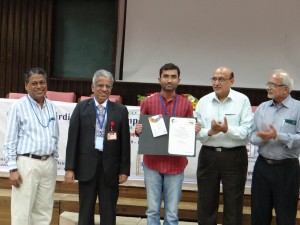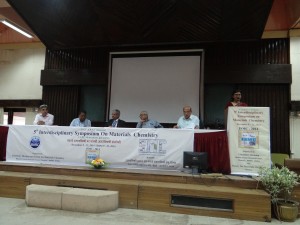Scientists in China have made invisible barcodes, which could prove useful in the fight against fraud and theft, out of nanowires. 1000 times narrower than a human hair, their covert system is easily encoded, and read, with an electron beam.
Lucrative black market trading in jewellery, munitions, art etc necessitates increasingly sophisticated methods to prevent crime. Barcodes are commonplace tags for both everyday and high security items. However, they’re easy to replicate and manipulate…
Interested? The full story can be read in Chemistry World.

The original article can be read below:
Phase transformation of Sn-based nanowires under electron beam irradiation
Hong Zhang, Xia Deng, Junwei Zhang, Desheng Xue, Yuanqing Huang, Feiming Bai, Beverly J. Inkson and Yong Peng
J. Mater. Chem. C, 2015, Advance Article
DOI: 10.1039/C5TC00686D




















